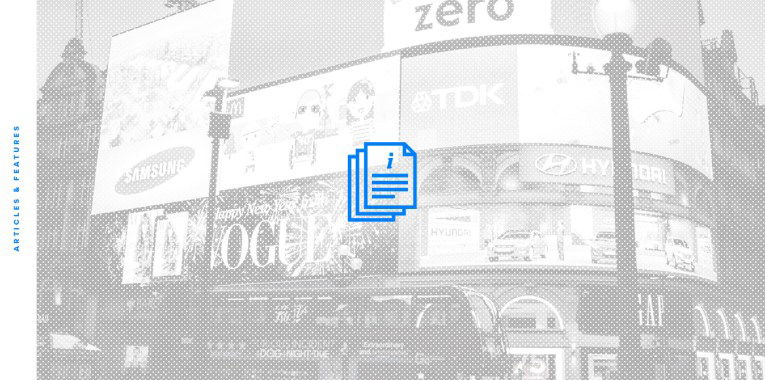
How Do Banners Work?
Banners are the lifeblood of our industry. Without them, internet advertising wouldn’t exist, and without the technology behind them, we’d be left in the dark with no idea what was actually happening. Impressions, clicks, conversions. Internet banners aren’t just the images you see, but the whole system behind them.
However, as is the case with many topics in our industry, it can be hard to find a good guide on how banners work. We do have a video that goes over the basic types out there, but this post will go more in depth on what actually happens when you serve a banner.
I’ll be focusing on image banners today as they’re a bit simpler to understand. I’m going to move through the three life events of a banner and shed a little light on them: Serving, Displaying, and Clicks.
Serving Banners Up
There are two basic ways a banner is served on a website: either the banner is directly placed there by the webmaster with no tracking, or the banner is coming from some sort of ad server (the preferred option). The ad server banner is put onto the page via a piece of JavaScript called a zone tag.
The zone tag’s job is two-fold: to count an impression and to deliver a banner. Which banner is delivered is based on the information contained within the zone tag, usually the account id and the zone id. When the ad server gets the information, it brings up eligible banners, runs any sort of scheduling, logs an impression, and sends whatever ad it chooses back. While this is all happening, the rest of the page loads. The server is doing all the work in this case and not the website. As far as the page is concerned, it requests a banner and it gets one.
Displaying Ads
Once the zone tag has the banner, it places it on the webpage like any other HTML element. For an image banner, that’s an <image> tag wrapped in an <a> (anchor) tag. The <a> tag acts as an invisible box, and covers the banner, so if you click it you will go to the <a> tag’s destination.
Depending on your settings, the zone tag might also wrap the <image> and <a> tag in an <iframe>. Iframes are great because they separate the banner from the rest of the page and give your banner enough space to breathe, while also speeding things up.
The Final Click
When the user clicks on the banner, the click is counted by first sending the user to a click logging website. On a fast ad server like AdButler, the user barely notices this pitstop.
The importance of the redirect cannot be understated. The logging website is where we say goodbye to the user, and pick up some information. The ad server counts the click on the direct, and deposits any cookies it needs for conversion tracking. Once everything’s been tracked and logged, the user gets sent on their way, usually within a few milliseconds.
The redirect also acts as the end of the banner’s life cycle. The user is done interacting with it, and the banner will disappear, to be recreated the next time it’s called upon. Of course, the banner doesn’t disappear immediately when it’s clicked on, and might keep on running until the end of time. Or maybe not.